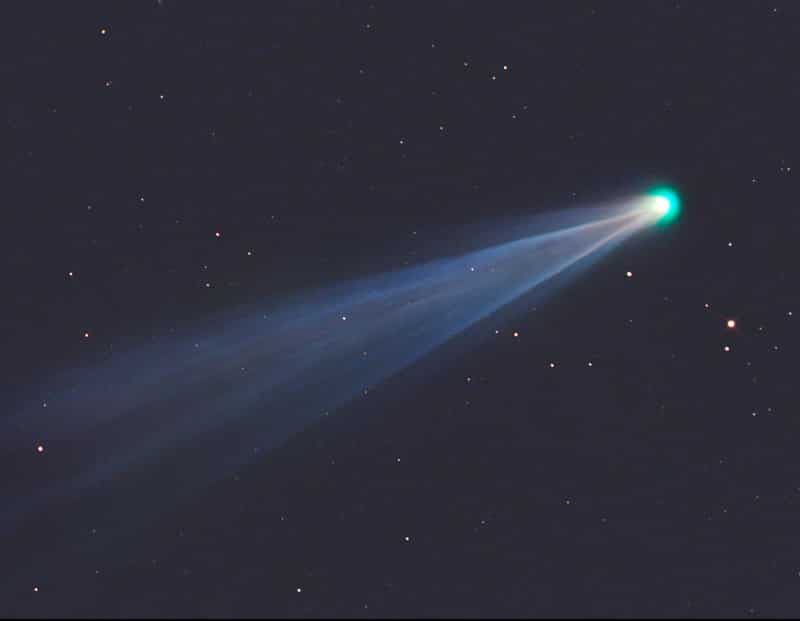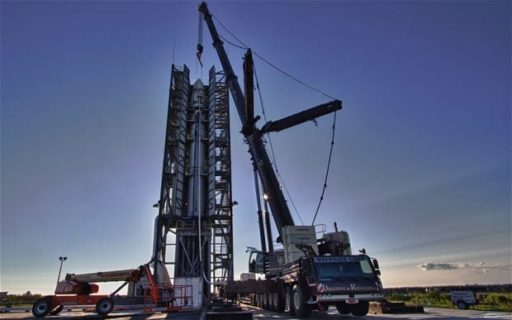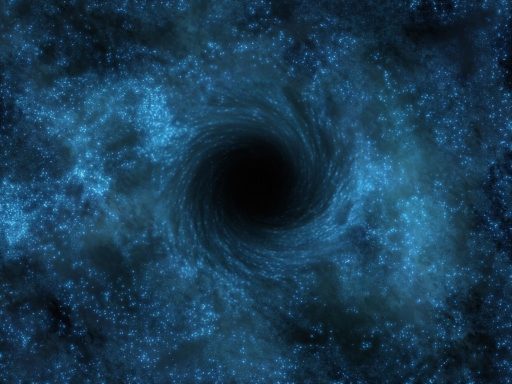Comets are largely made up of ice and other frozen gases. Vitali Nevski and Artyom Novichonok discovered sungrazing comet – Comet ISON, (officially known as C/2012 S1 or Comet Nevski–Novichonok), on 21 September 2012. Scientists have been tracking the comet’s movement since past year as it hurtled towards the inner solar system. However, lately it’s been revealed that we may witness one of the most spectacular sights in the night sky for a generation or more as this comet is set to pass through the corona of the sun itself on Thursday, Nov 28.
Comet ISON which is being touted as the “comet of the century” is around 4.6 billion years old. It has been sitting quietly in the outer reaches of the sun’s gravitational field for almost all that time. However, lately ISON was knocked out of the distant Oort cloud and started to move towards the sun. Calculations say, the comet will encounter with the sun – its perihelion, or closest point to the sun – on November 28, 2013. So apparently there could be two possible scenarios for what will happen on 28 November.
i) The comet will be pulled apart by the gravitational force of the sun, stretching it beyond breaking point and forcing it to explode as it leaves the corona.
ii) While passing the sun once, ISON will experience a heat of up to 2,000 C and hence could be fizzled out.
However, as the comet flies through the corona, the gases could be heated up and ignited enough to produce a tail burning off in the wake of Ison’s flight, but not enough to destroy it entirely. If this happens, millions of people in Earth’s northern hemisphere will be able to witness an extraordinary display in the night sky. The comet could appear as a bright object near the horizon, with a tail extending all the way overhead.
If the comet survives its passage near the sun, it’ll return to our skies on Dec 3 and will remain throughout most of the month. It means, December will be the best time to try to see the comet ISON.
Aside from getting an extraordinary visual experience of comet ISON, scientists hope that they will be able to measure the contents of the tail of the comet with a spectrometer.
Source: Discovery News
Thanks To: BBC
[ttjad keyword=”solar-device”]




